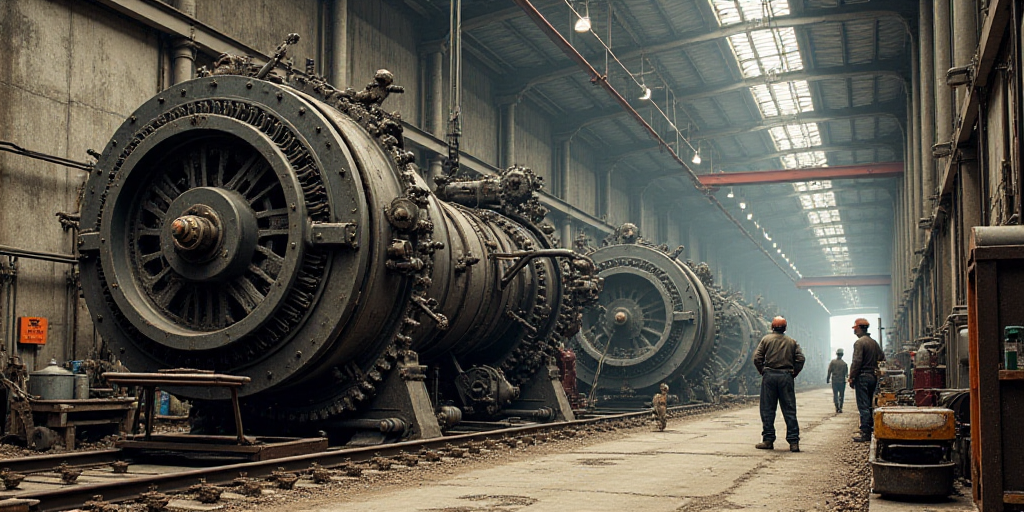Background on Key Figures and Relevance
The recent automotive tariff regime proposed by US President Donald Trump for the next two years offers temporary financial relief to automotive companies in the United States. However, experts warn that the Mexican automotive industry will continue to face uncertainty despite this short-term respite. This article explores the implications of Trump’s tariff policy and its effects on both US and Mexican automotive sectors.
Experts’ Perspectives on the Tariff Policy
Luis Brizuela, Jato Dynamics México: “President Trump’s policy remains highly volatile. The US reported a 0.3% contraction in its GDP due to trade tensions. The tariff pause is a temporary relief, but uncertainty persists.”
Eric Ramírez, Urban Science: “Following the tariff pause, there will be three phases in Mexico: the first is ongoing, with distributors overstocking and brands exporting as much as possible in preparation for tariffs. The second phase will occur in October, with adjustments to auto production in Mexican factories. There won’t be any plant relocations, as it’s a complex process requiring long-term feasibility studies (over 10 years). The third phase, starting in 2026, might see new investment announcements in the US, but only if economic reasons outweigh Mexico’s 40% lower labor costs, even with tariffs.”
Implications for US and Mexican Automotive Industries
The tariff policy’s temporary relief for US automotive companies does not guarantee long-term stability. Companies considering new projects in the US must evaluate tariff stability, real competitiveness differences between the US and Mexico (including tariffs), and analyze the next 5-10 years’ landscape.
Luis Brizuela emphasized that any potential production relocation from Mexico or Canada to the US depends on the excess capacity of companies, primarily General Motors, Ford, and Stellantis. He stressed the need to boost productivity and align with T-MEC products, ensuring that any changes fit within the T-MEC framework.
Key Questions and Answers
- What is the impact of Trump’s tariff policy on US and Mexican automotive industries? The policy offers temporary financial relief to US automotive companies but leaves the Mexican industry uncertain. Experts predict no immediate plant relocations due to complexity and long-term feasibility studies required.
- What factors should US companies consider before investing in new projects? Companies must evaluate tariff stability, real competitiveness differences between the US and Mexico (including tariffs), and analyze the next 5-10 years’ landscape.
- How does labor cost play a role in potential relocations? Mexico remains around 40% more competitive in labor costs than the US, even with tariffs. Relocations depend on excess capacity and economic reasons, primarily for major companies like General Motors, Ford, and Stellantis.






